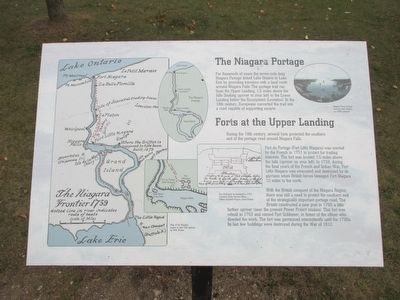Welcome to Joo Chiat and Katong, a vibrant tapestry of Singapore’s rich cultural heritage. As you journey through this area, let’s unravel the stories woven into its very fabric, from its humble beginnings to its bustling present.
Our story begins in the early 20th century when Joo Chiat was predominantly a coconut plantation owned by a wealthy Chinese landowner, Chew Joo Chiat. Known as the ‘King of Katong,’ Chew was a visionary who transformed his land into a residential and commercial hub. His influence was so profound that the area was named after him, immortalizing his legacy.
In the 1920s and 1930s, Joo Chiat and Katong became a preferred residential area for the affluent Straits Chinese, known as the Peranakans. This period saw the construction of the iconic shophouses, characterized by their intricate facades and colorful tiles, reflecting a unique blend of Chinese and Malay influences. These architectural gems remain a defining feature of the area, attracting tourists and locals alike.
Joo Chiat and Katong were not only about commerce and residence; they were cultural melting pots. The blend of Peranakan, Malay, Indian, and Eurasian communities gave rise to a unique local culture. This diversity is palpable in the area’s culinary offerings, from the famous Katong Laksa to traditional Nyonya kueh.
During World War II, Joo Chiat and Katong were under Japanese occupation, like much of Singapore. The shophouses served as places of refuge and resistance. Stories of bravery and resilience from this era are still shared among the residents, offering a poignant reminder of the past.
In the post-war years, the area continued to evolve. The 1960s and 70s saw rapid urbanization, but Joo Chiat and Katong retained their unique charm. The government recognized the area’s cultural significance and designated it as Singapore’s first Heritage Town in 2011, underscoring its importance in preserving local traditions amid modernization.
Today, Joo Chiat and Katong are bustling with life. The indoor mall at 1 Joo Chiat Road serves as a modern-day marketplace where traditional Malay clothing, home fabrics, carpets, religious art, and food are sold, continuing the area’s legacy as a center of trade and cultural exchange.
As you explore, imagine the footsteps of Chew Joo Chiat, the laughter of children playing in the streets, and the aroma of spices wafting through the air. This area is more than just a destination; it’s a journey through time, a testament to Singapore’s rich tapestry of cultures.
As you conclude your visit, remember that Joo Chiat and Katong are not just relics of the past. They are thriving communities that celebrate heritage while embracing the future. This balance of old and new is what makes them not only historically significant but a beloved part of Singapore’s cultural landscape.


